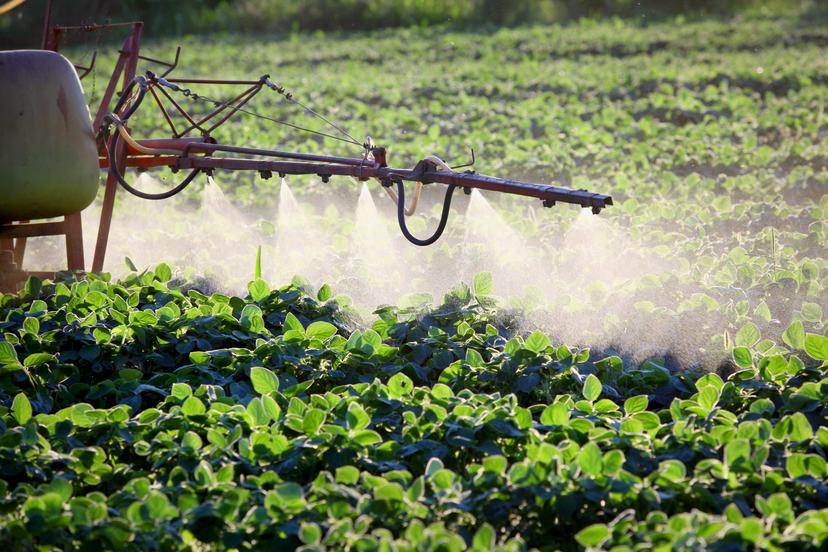The Robust Technology Enabling Sensitive Routine Analysis of Sewage and Waste Water
SelectScience® spoke to ALS Environmental Ltd Principal Scientist John Quick, about the innovations his lab can’t do without
13 Jun 2016

SelectScience® spoke to ALS Environmental Ltd Principal Scientist John Quick, about the innovations his lab can’t do without
As one of the world’s largest and most diversified testing services providers, ALS operates in more than 350 locations, serving scientists in a range of fields across the world, from environmental and food testing, to geochemistry and coal. In the environmental division, labs in a range of countries provide analytical testing for trace and ultra-trace levels of organics, metals, microbiology and more, in matrices such as soil, water and biota. SelectScience spoke to John Quick, an expert in water testing, to find out what he looks for in an instrument, and what technology he uses every day.
“The matrices we’re looking at are mostly sewage works effluents, with some crude sewage and surface water samples”, John explained, but a range of environmental matrices are also covered, “from drinking water and waste water to contaminated land”. A particular project at the moment is “trying to assess the impact of sewage effluents on surface water quality”, revealed John.
The introduction of the EU Water Framework Directive in 2000 has led to greater scrutiny of all waters, both surface and groundwaters, as well as lower maximum residue levels (MRLs) for many water pollutants. All major water utility companies in England and Wales are involved in the project to improve UK water to meet these stringent standards, with “monitoring of 600 sewage treatment works, analysis of over 60,000 samples, and over 3 million determinations taking place over 5 years”. ALS Environmental will play a key role, “analyzing the majority of sludge samples, as well as treated and untreated sewage samples”.
Even without this new directive, John explained, “we’re a busy routine laboratory, analyzing lots of samples on a daily basis”. Furthermore, some of the new MRLs are down to the order of 10 picograms/l, so a key requirement when investigating using any new technology is a “high level of robustness”.
Sensitive and selective analysis
At ALS, “we use theThermo Scientific™ Q Exactive™ Plus Orbitrap™ mass spectrometer to do a range of analyses” in the general chemical investigation program, such as antibiotics, antidepressants and anti-diabetic drugs, as well as other environmental pollutants such as flame retardants, John said. The Orbitrap technology is “very robust”, and with the Orbitrap system, “we find we can analyze all these compounds at very low sensitivities, parts per trillion and below, and also very selectively”, John explained. “We can get a nice clean selective trace due to the high resolution of these instruments, which enables us to unambiguously identify and quantify these compounds.”
In the future, John explained, “we’re hoping to expand the methods we’ve developed on the Orbitrap to encompass a wider range of analytes”. New water directives are expected, as are lower MRLs and the expectation to detect a wider range of substances, such “organochlorine and organophosphorus pesticides, and also some more pharmaceutical compounds as well”.
Watch John’s video interview and presentation from an Analyzing Contaminants in UK Water seminar.

